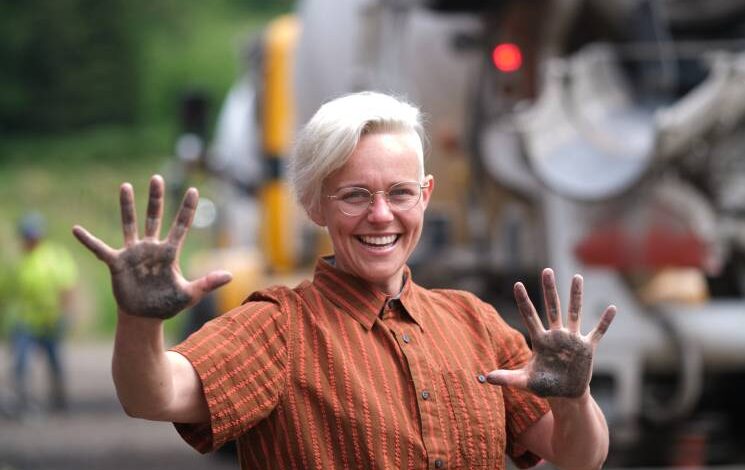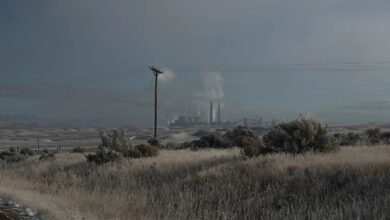
Vintner Remy Drabkin shows off her hands after pouring eco-concrete. Photo Credit: Foundry503
EnvironmentTechnology USACarbon-Negative Concrete: an Environmental Gamechanger?
In the global race to shrink concrete’s carbon footprint, the most effective solution came from an American winery, an unexpected ally, that produced the very first carbon-negative slab in North America, a solution that could revolutionize completely the highly polluting industry.
“We need to demand not only a shift in global building industry practices but in customer expectations,” explains Vintner Remy Drabkin, the owner of Oregon-based winery Remy Wines. “Sequestering carbon into our built environment is literally ‘a concrete solution’ to addressing climate change.”
Invented some 2,500 years ago in Italy, concrete – produced by mixing cement, sand, gravel, and water – is strong, inexpensive, yet highly polluting. Indeed, to create cement, limestone rocks clatter around for hours in a kiln, typically heated through the use of coal, releasing calcium oxide from the lime and carbon dioxide from coal. Almost one pound of cement produced conventionally releases almost one pound of CO2. There is a global race to shrink concrete’s carbon footprint, from using cleaner fuels in making cement and using materials that don’t require such high temperatures to testing new formulas to reduce the use of cement altogether by adding new materials like lobster shells, glass powder, silica fume, and sewage sludge. Some new products are even stronger than conventional concrete. Remy Wines used biochar, a carbon-rich form of biomass that comes from the treated “bio-solids” in wastewater plants. Turns out that their concrete is carbon-negative since it sequesters more carbon than is emitted during production.



